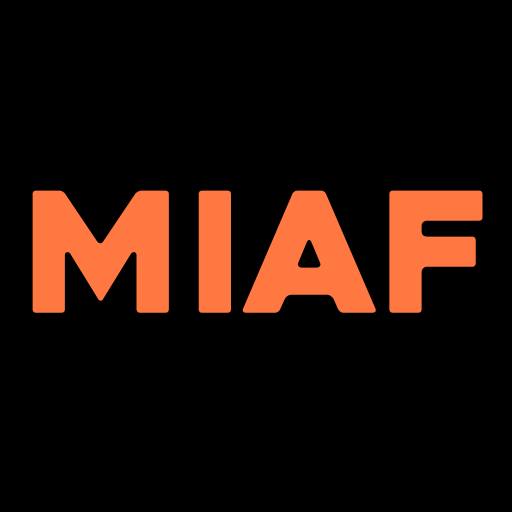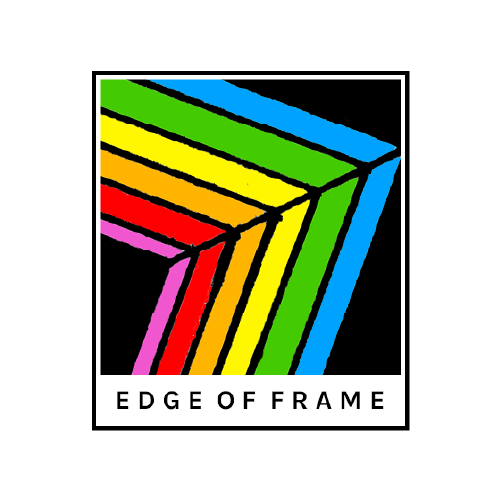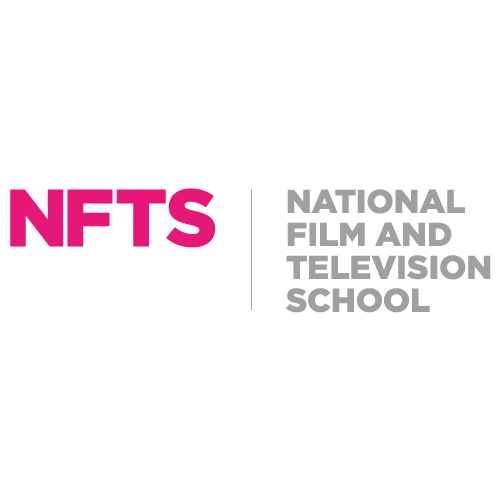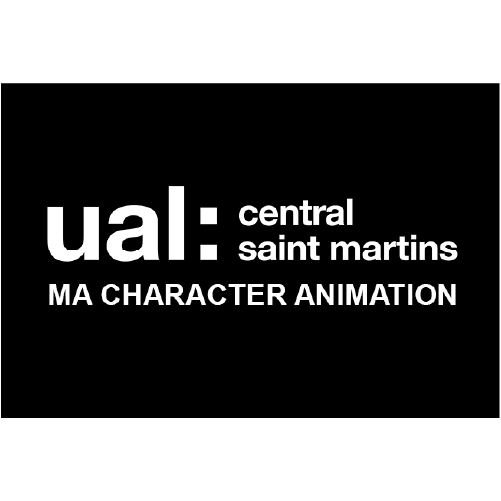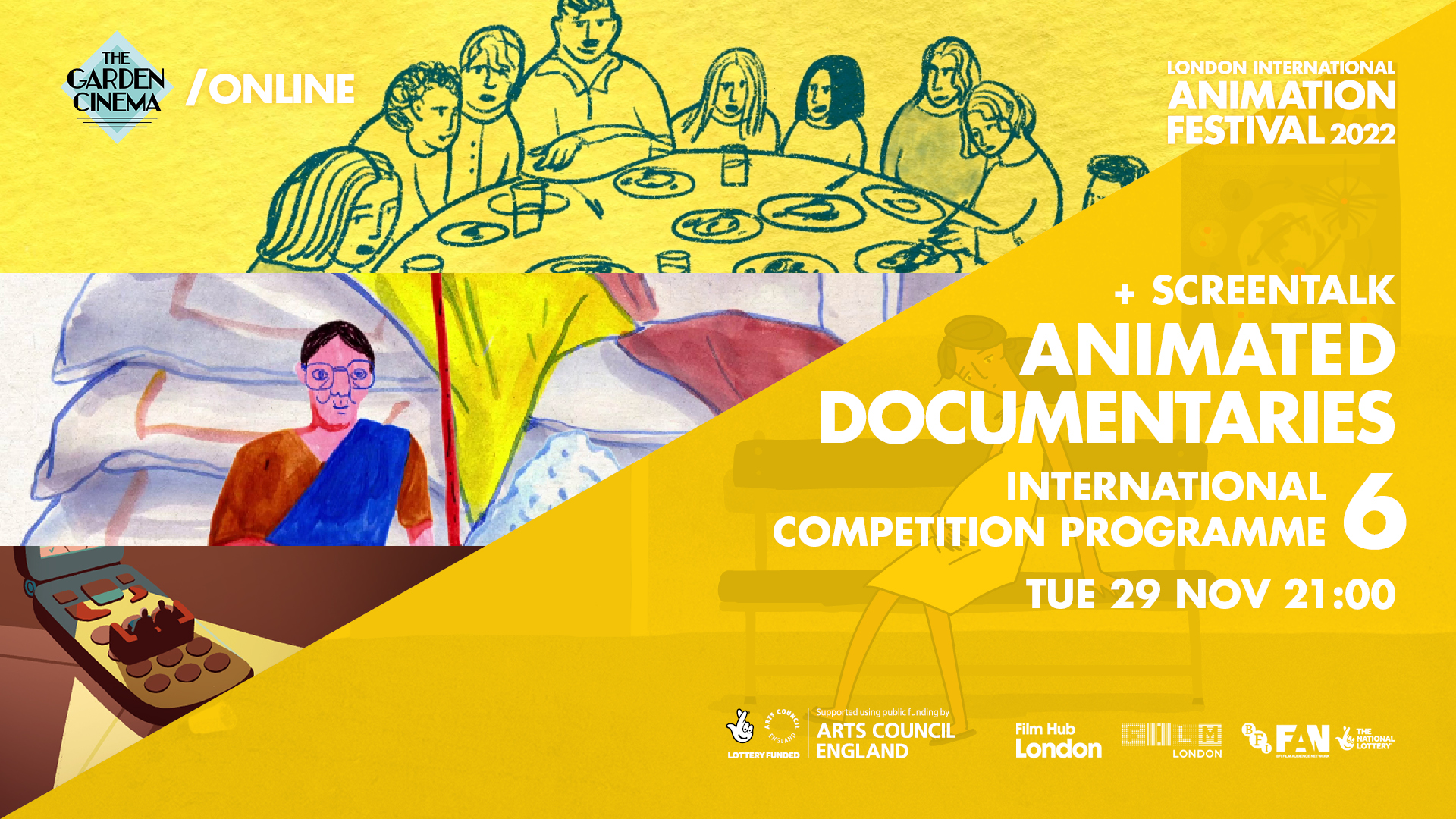
Three quid – couldn’t believe it.
Rummaging through the deepest entrails of a second-hand book store a couple of years ago there was a copy of the 1951 edition of ‘Documentary Film’ by Paul Rotha in excellent condition. This was the third updated edition of a book widely regarded as the authority on British documentary filmmaking over the course of the 1930’s to the late 1950’s. Rotha was widely renowned as one of the leading experts on the subject. At some stage (2/4/53 to be precise) this particular book seems to have been owned by a Fred M. Chamberlain. Three quid – couldn’t believe it.
Even better, it had a freshly minted preface written by none other than John Grierson and this is where things turn a bit animated.
Grierson holds a formidable place in the history of filmmaking not just in this country but around the world, particularly in Canada. He was instrumental in establishing a number of filmmaking organisations in the UK as cinema was beginning to really find its legs here. A blunt, plain-speaking Scotsman, his passion for film knew few bounds – so long as the making of it played by his rules.
One day he agreed to act as judge at an amateur film festival in Scotland and it was there he encountered two films by a reserved young filmmaker who – having no access to an actual movie camera – had obtained some strips of film and set about scratching abstract imagery directly onto them. This, of course, was Norman McLaren.
Grierson offered McLaren a spot in the General Post Office (GPO) Film Unit in London and the wheels began turning on one of the most important careers in animation. What was supposed to be happening in the GPO Film Unit was the creation of cinematic advertisements for postage. What was actually happening was a collective of abstract animation pioneers (principally among them Len Lye) were honing their skills in a variety of animation techniques. By incorporating an exhortation to buy a bit of postage into the film (or bunging the message on at the end) somehow this unit harnessed the marketing patronage of the General Post Office to turn out an incredible body of abstract animation cum creative cinema postage ads. Some of the best are readily available on-line.
The short version of the next chapter is that Grierson was invited to Canada to establish the National Film Board of Canada, an attempt by the Canadians to ensure Canadian voices, stories and creators permeated Canadian cinema, ironic perhaps in as much as they were bringing in a Scotsman to set the thing up. A couple of years in and Grierson decided the NFB needed its own animation department and the role of establishing that was offered to McLaren. The work McLaren created and inspired at the NFB is well documented and well known to the LIAF audience but worth restating, perhaps, is that the Oscar that McLaren won for arguably his best known film “Neighbours” was won not in the animation category but in that of short documentary.
Around the same time the iconic British studio Halas & Batchelor were coming up to speed and a lot of what was being produced there in the earlier days was unquestionably animated documentary. In particular, the ‘Charley’ series made for the Central Office of Information presented a range of positive societal developments in post-war Britain.
What really thunders forth from the pages of Grierson’s preface in Rotha’s book is a profound belief in the power of documentary film, not just as a genre but as a means for the development of society, the entrenchment of democracy and the dispersal of power through the egalitarian spread of information. And he had little faith in the market forces behind cinematic entertainment to nurture and provide this.
In this, he was far from alone. An article in an issue of Sight And Sound from a couple of years earlier written by Quentin Dobson and titled (of all things) The Land Of Pog draws the battle lines fairly clearly, given the language of the day.
“Documentary in its early days was sickened with the synthetic world of contemporary cinema”, Dobson wrote outlining what he saw as a demise in the standard of British documentary making as filmmakers “spoiled in concession to the man who fits the bill”.
To save or revitalise the form, he reckoned that “documentarists must turn outward, pre-occupy themselves less with the technicalities of presentation on the screen and more with the portrayal of flesh and blood.”
I think he means documentaries should be about people, their stories and their experiences. There is a lot of truth in that, although I do wonder if Dobson would have thought of animation as a ‘technicality of presentation’? We may never know.
More certain though is the sense that ‘documentarists’ (especially of the animated variety) have taken much of this advice to heart. And here our annual cache of animated documentaries showcases precisely this. Breaking down complex, obtuse or otherwise invisible subject material into something that can be presented and understood through the prism of a person or a group of relatable people is often – though not universally – the modus operandi of the animated documentarian.
If you were to try and describe many of the films in this programme in a single word or very short phrase you would come up with some seriously difficult to deliver directorial briefs. Illegal drug farms, endemic pessimism in the millennial generation, girls and football, experiencing racism in America or the impacts of zika virus in regional Brazil – finding a way to bring these ‘big’ topics down to a scale that an audience can relate to is critical and finding the right person around whom to wrap a story that explains the bigger picture is the key. In turn….
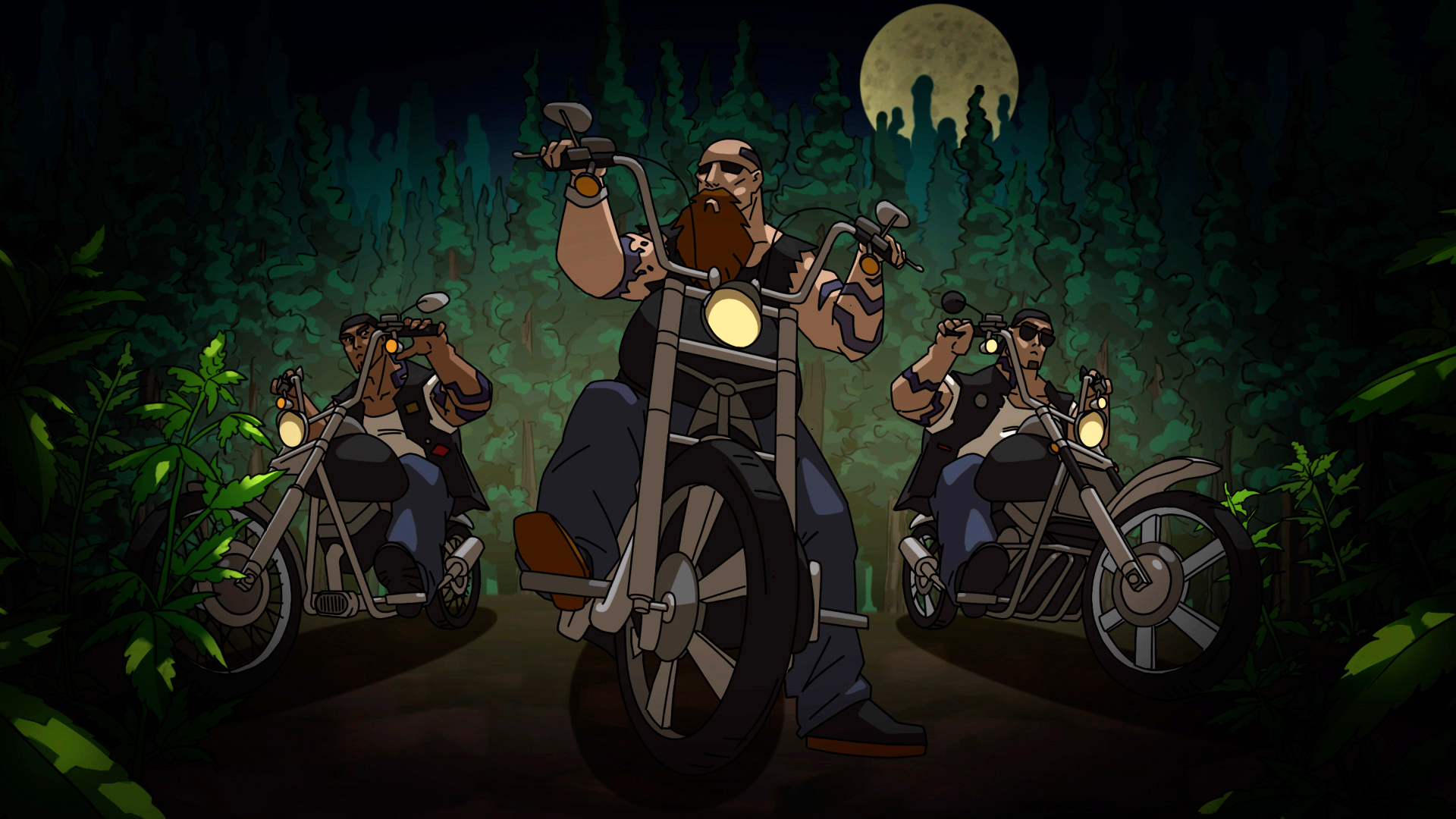
Murder Mountain sounds like a schlocky school holiday film or a dodgy theme park ride – unless it’s real. Turns out it is very real. It exists in the climatic region of California that is perfect for growing marijuana; lots of marijuana. And the gangs of heavily armed thugs that call it home don’t like being disturbed nor photographed. Typically – and I may be generalising here – but they are not always the kind that inspire a receptively empathetic response in an audience. Jefe* by Byron Miller focuses on a naïve Australian tourist aimlessly wandering through life and who guilelessly stumbles into a three month job working on the mountain – and survives. His laconic commentary, drawn from several hours of recorded interviews, somehow simultaneously records the underlying brutality of the place and draws out a kind of sense of wide-eyed wonder that he ever got to tell the tale.
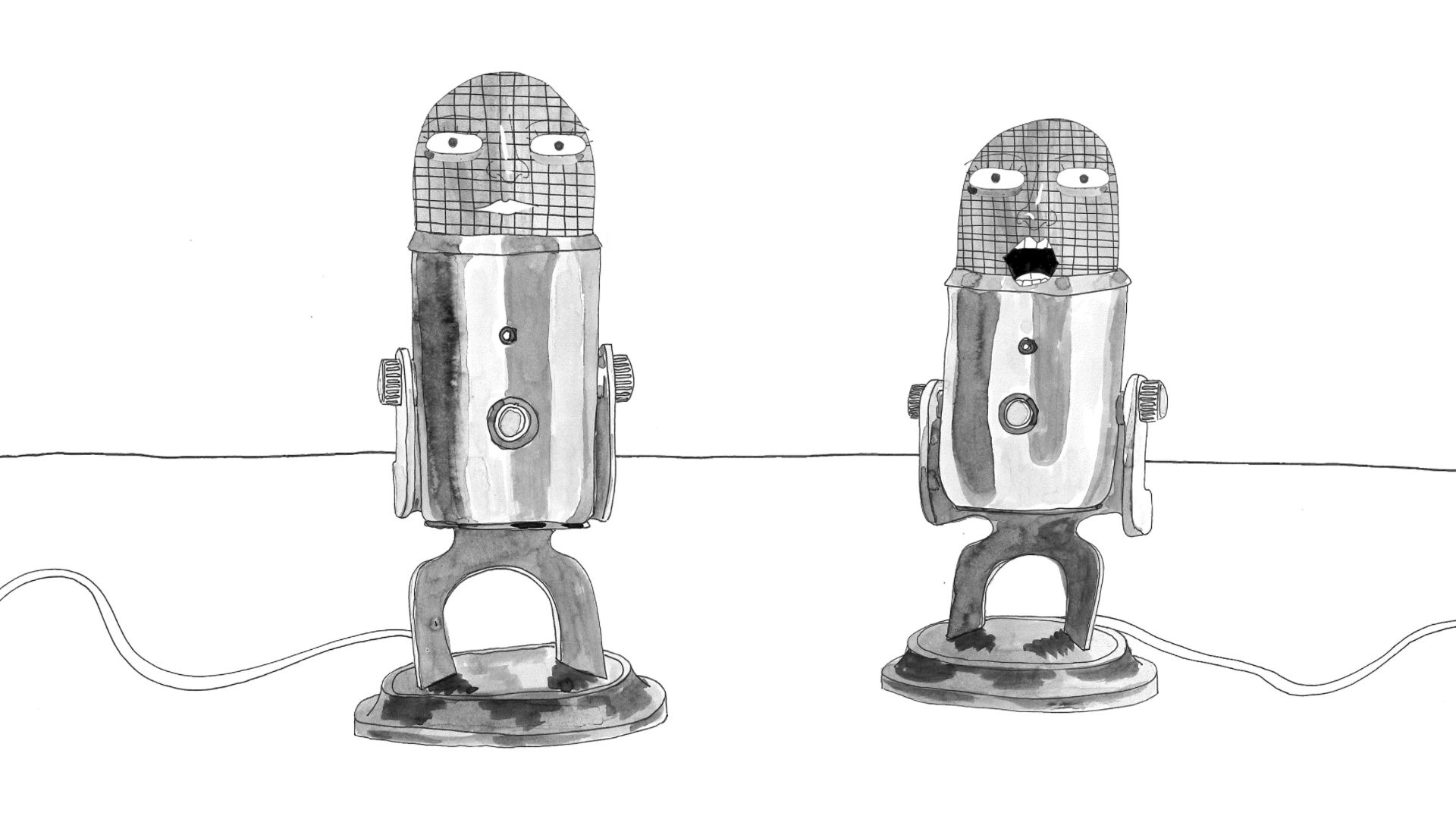
Doomer Diaries by Eve Riddle cleverly uses a small cast of people to illuminate a social malaise we all know is out there. A gloom that has taken root in what should be a time and a land of plenty. As a society-wide phenomena it is difficult to pin down, describe or even to garner sympathy for. But introduce us to a group of people who, in their own way, cohesively or at least muscularly construct a framework on which their world view can be hung out for all to see and, at once, we pull back the curtains on some windows a lot more of us find it easier to look through.
One of the more promising changes of recent times has been the rise and increasing acceptance (not to mention the popularity) of women’s participation in sports that until recently had been more or less considered entirely male domains. Change takes time though and it rolls out differently in different cultures. Girls Talk About Football by Paola Sorrentino brings a vibrant, always changing visuality to the words and recollections of a varied group of young women who love the game but have not always found the game loved them. On one level this isn’t news but the simple power beneath the beautiful artwork and the deceptively simple animation is the authenticity of each of these individual experiences.
America is a big, crazy place. Crazy good, crazy bad, crazy crazy. In a lot of ways, it might not even really be one place. The ‘light on the hill’ philosophy that powered many aspects of the original American experiment does not burn as bright as it once did. The notion that you can come to America from anywhere and start a new life isn’t the experience of as many people as it used to be. But the original concept built a nation of many shades and many faces. Somebody might have been born in America the same day Bruce Springsteen was but if they looked like they come from somewhere else they will encounter problems the Boss won’t. This isn’t new and it’s not confined to America (by a long shot) but how do you take it down out of the ether and make it into Quentin Dobson’s “portrayal of flesh and blood”? Elyse Kelly’s The Greatest Poem is a pretty good blueprint for doing precisely that.

Tropical diseases spread like wildfire when the conditions are right; a bit like viruses and we’ve all learned a little more about the transformative nature of those in the last couple of years. But imagine living in a place where threats perhaps not quite of this magnitude but of this nature are the norm and have about them a whiff of the inevitable. Everyday life gets turned into a never-ending game of chance and the odds just become another factor of daily life. We sometimes hear the names of these ‘faraway’ threats, we might catch a glimpse of the consequences in our newsfeeds but what does life feel like waiting for those dice to come up snake-eyes? Again, the personal can illuminate the collective. Finding Home by Maria Stanisheva cleverly blends this ‘big’ story with fragments from across a broader roster of social ills and brings them together in a single life that fills this film with a jigsaw made of these pieces.
Whether any of these filmmakers were consciously pushing forward the lessons offered by Grierson** is a pretty big stretch but the fact that digging as deep as possible to use the personal as a platform to expand upon an unimaginably wide range of broader issues is a profoundly affecting form of documentary filmmaking and ‘storytelling’ as these films demonstrate the best way they know how.
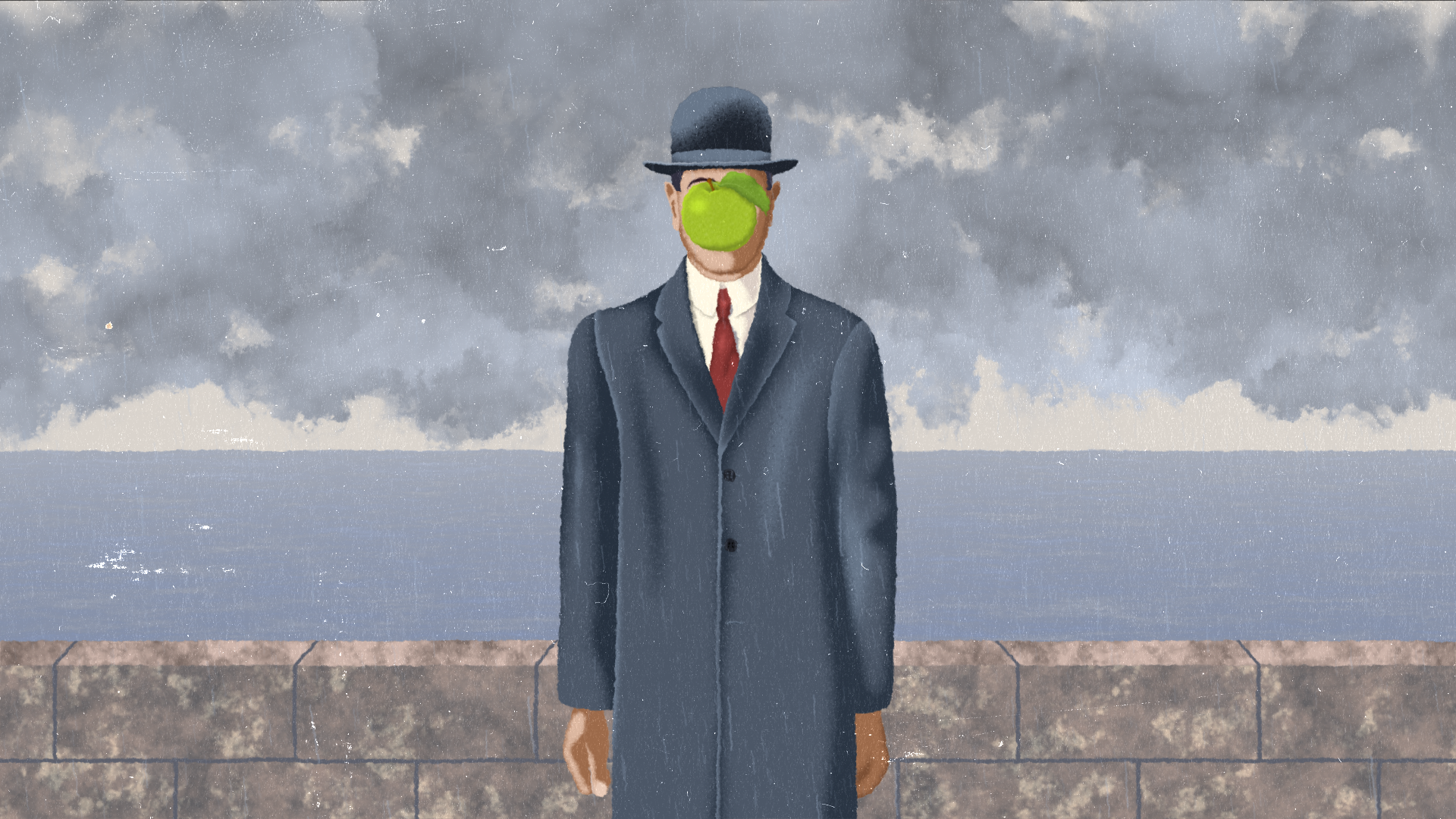
The programme finishes with an unusual film to tackle using the power of animation. Imagination Blind: Aphantasia explained by George Lee, introduces us to a rare condition (Aphantasia) which essentially eliminates the ability of sufferers to form pictures or images in their imaginations. As the film says, they “lose their mind’s eye”. It is “imagination blindness”. Perhaps surprisingly, some people with notable careers in the world of animation have had this condition, including Pixar co-founder Ed Catmull. Who knew this condition even existed?
You learn something new every day – if you’re looking.
by Malcolm Turner
Animated Documentaries screens at The Garden Cinema and online Tue 29 Nov find out more
* Full disclosure, your humble author was one of Byron Miller’s teachers whilst he was making the film but played no role in its LIAF selection (but would have picked it!)
** I know for a certain fact Byron Miller wasn’t




